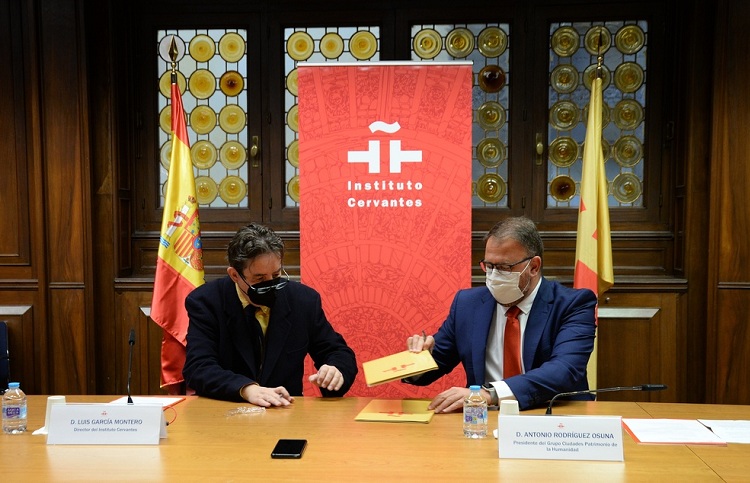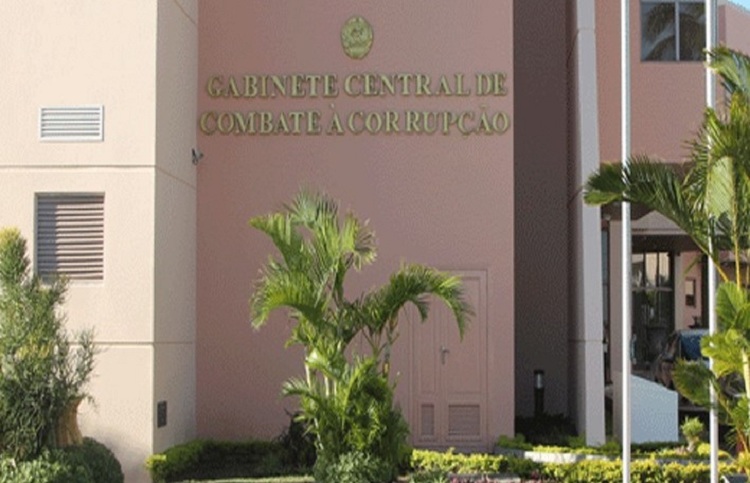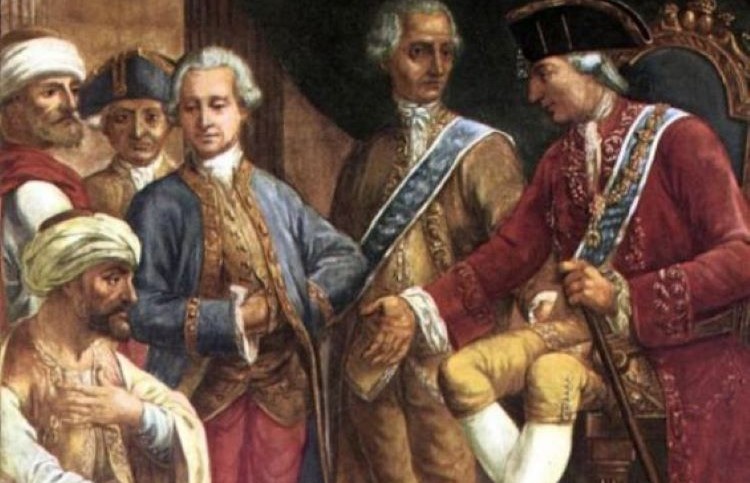The Diplomat
The director of the Instituto Cervantes, Luis García Montero, and the president of the Group of World Heritage Cities and mayor of Mérida, Antonio Rodríguez Osuna, have signed a collaboration agreement for the dissemination of Spanish culture and historical heritage and to cooperate in its international tourist projection through the Cervantes centers distributed around the world.
With this signing, which took place last March 12 at the headquarters of the Instituto Cervantes, the two parties renew the first collaboration agreement, signed on April 15, 2015 in Alcalá de Henares (Madrid). Among the various joint cultural initiatives held by the two entities, the traveling exhibition Joyas de España (Jewels of Spain), a photographic exhibition that unveils the most significant places in the Group’s 15 cities, has stood out since 2013. The exhibition has toured numerous Instituto Cervantes centers and will soon be on display in Frankfurt and Munich (Germany).
The new text plans to develop new activities and cultural projects, both in Spain and in the Institute’s centers abroad, to raise awareness of the 15 cities on the UNESCO World Heritage list: Alcalá de Henares, Ávila, Baeza, Cáceres, Córdoba, Cuenca, Ibiza, Mérida, Salamanca, San Cristóbal de La Laguna, Santiago de Compostela, Segovia, Tarragona, Toledo and Úbeda.
As a “platform of knowledge in the world”, declared García Montero, “we go abroad to talk about Spain and we like that this means that the world comes to Spain to get to know it, to do tourism, be it language, culture or leisure“. In this task, he added, the Heritage Cities are a “symbol of the best that our country has generated in the field of universal culture”. For his part, Rodríguez Osuna affirmed that Cervantes promotes “the best that Spain has: its language and its world heritage” and that the two signatory parties will continue to collaborate to promote the 15 cities as priority destinations for cultural, language and leisure tourism.







